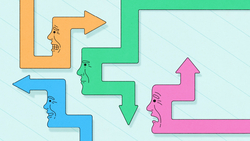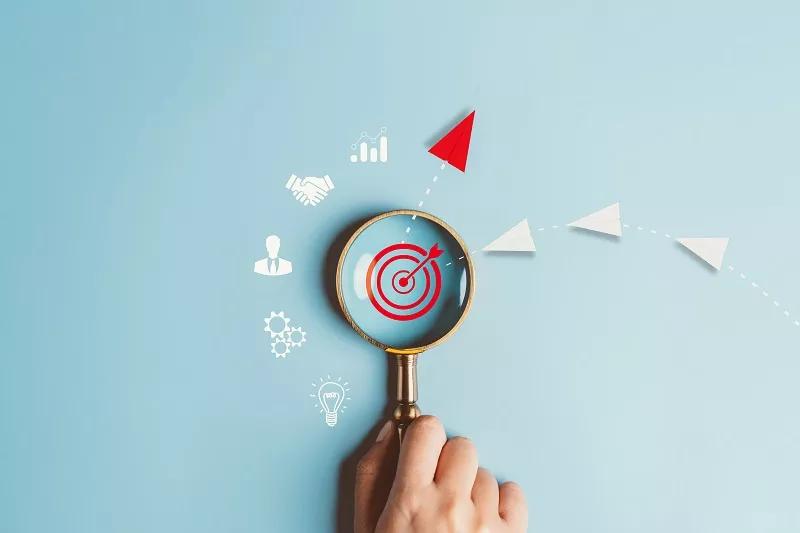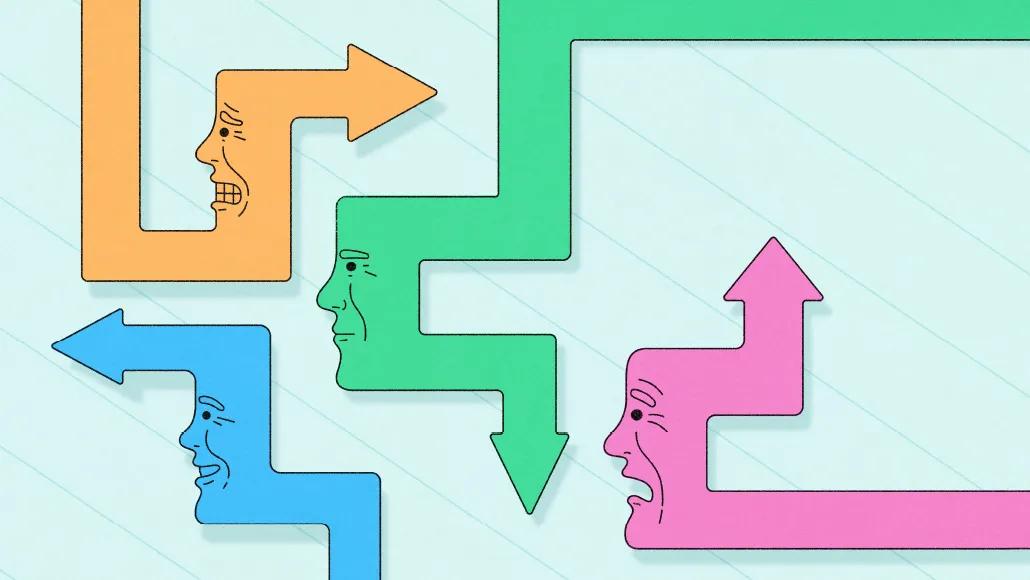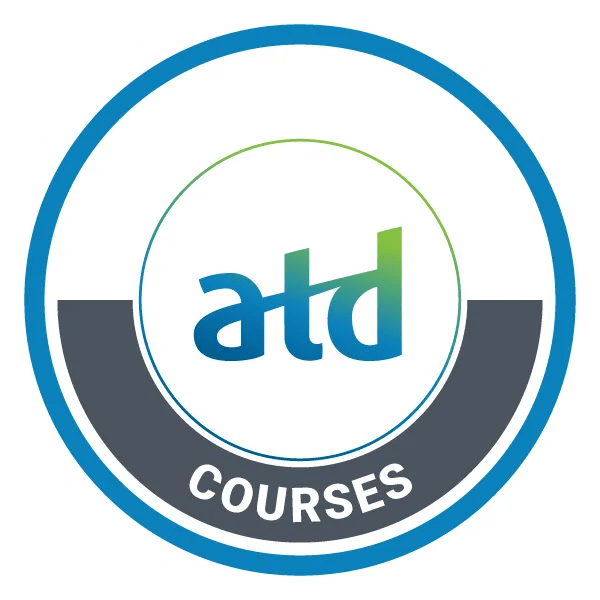The Latest
Displaying
2662 Items

Leading Through the Storm: The Human Side of Change Management
In today’s workplace, change is no longer a possibility; it is a certainty. New technologies, reorganizations, remote work structures, evolving market demands, and shifting employee expectations all contribute to a business landscape in constant flux. While organizational change can be swift—announced in a meeting, implemented through a software rollout, or triggered by a merger—true transformation takes time. This is because the real challenge is not the event itself but the human transition that follows.Change vs. Transition: Why the Difference MattersIt is easy to confuse “change” with “transition,” but they are fundamentally different concepts. Change is external; it happens to people. It may be the new manager, the updated policy, or the system upgrade. Transition, on the other hand, is internal. It is the emotional and psychological process individuals go through as they come to terms with that change.Understanding this distinction is critical for anyone in a leadership, human resources, or learning and development role. When organizations focus solely on the mechanics of change, the logistics, communication plans, and deadlines, they risk overlooking the very people who must live through and make sense of the shift. This oversight can lead to resistance, disengagement, and even burnout.Why the Human Element Is EssentialEmployees’ experiences change differently depending on their roles, backgrounds, and personal situations. For one individual, a new initiative might be exciting; for another, it may be deeply unsettling. The speed at which an organization pushes change often does not match the pace at which individuals are able or willing to process it.Leaders who understand the human side of change are better equipped to support their teams. They recognize that it is not enough to announce what is different. They must also create space for employees to grieve what is lost, explore what is new, and ultimately embrace what is next. This requires empathy, active listening, and a strategic approach to learning and development.Building Change Competency: A Universal SkillChange management is not just for consultants or executives. It is a critical skill set for professionals across all industries and levels. Whether you are a frontline manager helping your team adjust to a new workflow or a training specialist designing programs to support a major organizational shift, your ability to guide others through the transition can significantly influence the initiative’s success.For this reason, more professionals are seeking formal education or certifications in this area. Programs focused on workplace training and leadership or human resource development provide more than theoretical knowledge. They offer practical, people-centered skills that today’s workplaces demand. Students learn how to design interventions that support employees emotionally and cognitively, how to assess readiness, and how to build resilient, adaptive cultures.The Value of Structured Learning in Change ManagementStudying change management in a structured academic setting allows deeper exploration than on-the-job experience alone. It provides a research-based foundation, encouraging reflection, discussion, and applied practice. Students engage with real-world case studies, learn from peers across industries, and explore tools that can be customized for any workplace context.This kind of preparation becomes even more valuable as organizations face disruption. Those with formal training in the dynamics of change are more likely to anticipate resistance, communicate with clarity, and foster collaboration across departments. They do not simply react to change; they help lead it.Thriving Through Change, Not Merely SurvivingUltimately, the goal is not to manage change as a task to be completed. It is to guide people through transition in a way that builds trust, preserves morale, and unlocks potential. Employees who feel supported through uncertainty are more likely to re-engage, innovate, and grow.As the workplace evolves, professionals navigating the human side of change will be in high demand. They will serve as the bridge between strategy and execution, between leadership’s vision and employees’ lived experience. They will understand that, while change is inevitable, successful transition is intentional, and that is where the real work and opportunity lie.Investing in this understanding is not just a career advantage for learning and development professionals. It is a pathway to making a meaningful, lasting impact in any organization, industry, or time.
By Tracy Gibson on 17 Apr, 2025

Modernizing Talent Development in the Public Sector
At its core, modernized talent development in government must focus on equipping employees with the skills to thrive during unpredictable change.
By Amy A. Titus on 7 Apr, 2025

Seth Godin: A Can’t Miss Keynote at ATD25
I’m excited to see what fresh perspectives Seth Godin will bring to the ATD25 audience. I’m sure it will be a memorable talk.
By Kristen Fyfe-Mills on 1 Apr, 2025

The Faces of Change
By Victoria Grady on 1 Apr, 2025

Achieving Change
TD leaders must often provide support and expertise for organizational change efforts. Here's some help.
By Elham Arabi on 8 Mar, 2025

5 Leadership Essentials to Drive Relentless Change
The 5-C Model identifies daily leadership practices that strengthen the dial of influence during uncertainty.
By Loubna Noureddin on 26 Feb, 2025






